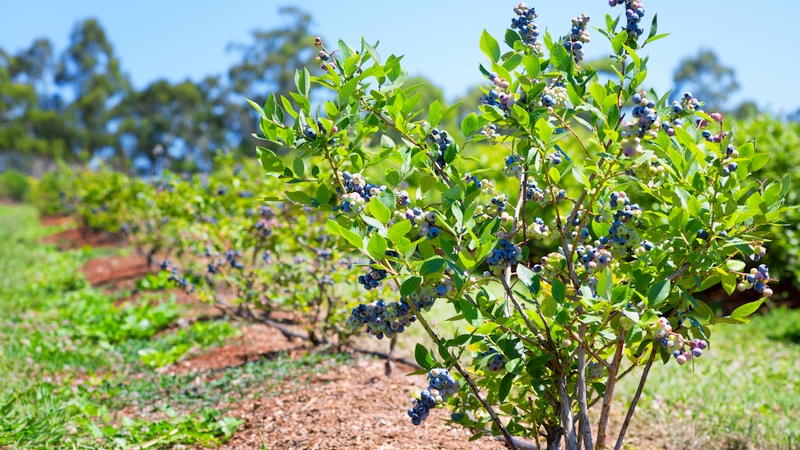California’s Final Snow Survey Comes Up Dry
May’s final snow survey of the year found more bare ground than snow as California faces another long, hot summer after a near-record dry winter.
According to the state Department of Water Resources (DWR), the manual and electronic readings recorded the statewide Sierra Nevada snowpack’s water content – which normally provides about a third of the water for California’s farms and cities – at a mere 18% of average for the date.
Just as telling was the April 1 survey that found water content at only 32% of average at the time of year it normally is at its peak before it begins to melt into streams and reservoirs with warming weather.
“Anyone who doesn’t think conservation is important should drive up the hill and take a look,” said DWR Director Mark Cowin. “Coupled with half our normal rainfall and low reservoir storage, our practically nonexistent snowpack reinforces the message that we need to save every drop we can just to meet basic needs.”
Most dramatically, the recent electronic readings show a dismal 7% of average water content in the northern Sierra snowpack that helps fill the state’s major reservoirs, which currently are only half full. Electronic water content readings for the central and southern Sierra are 24 and 18% of normal, respectively.
Snow surveyors from DWR and cooperating agencies manually measure snowpack water content on or about the first of the month from January through May to supplement and check the accuracy of real-time electronic readings from remote sensors up and down the mountain ranges.
Lake Oroville in Butte County, the State Water Project’s (SWP) principal reservoir, is at only 53% of its 3.5 million acre-foot capacity (65% of its historical average for the date). Shasta Lake north of Redding, California’s and the federal Central Valley Project’s (CVP) largest reservoir, also is at 53% of its 4.5 million acre-foot capacity (61% of its historical average). San Luis Reservoir, a critical south-of-Delta reservoir for both the SWP and CVP, is at 47% of its 2 million acre-foot capacity (52% of average for this time of year).
With most of the wet season behind us, it is highly unlikely late-season storms will significantly dampen the effects of the three-year drought on parched farms or communities struggling to provide drinking water. On January 31, with no relief from the three-year drought in sight, DWR set its allocation of SWP water at zero. The only previous zero allocation was for agriculture in the drought year of 1991, but cities and others that year received 30% of requested amounts.
After late season storms, DWR on April 18 increased this year’s allocation to 5% of requested SWP amounts. If it stands, this will be the lowest across-the-board allocation in the 54-year history of the SWP.
Collectively, the 29 public agencies that deliver SWP water to more than 25 million Californians and nearly a million acres of irrigated agriculture requested 4,172,536 acre-feet of water this calendar year. The final SWP allocation for calendar year 2013 was 35% of the 4.1 million acre-feet requested.
Source: Department of Water Resources









